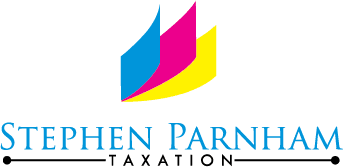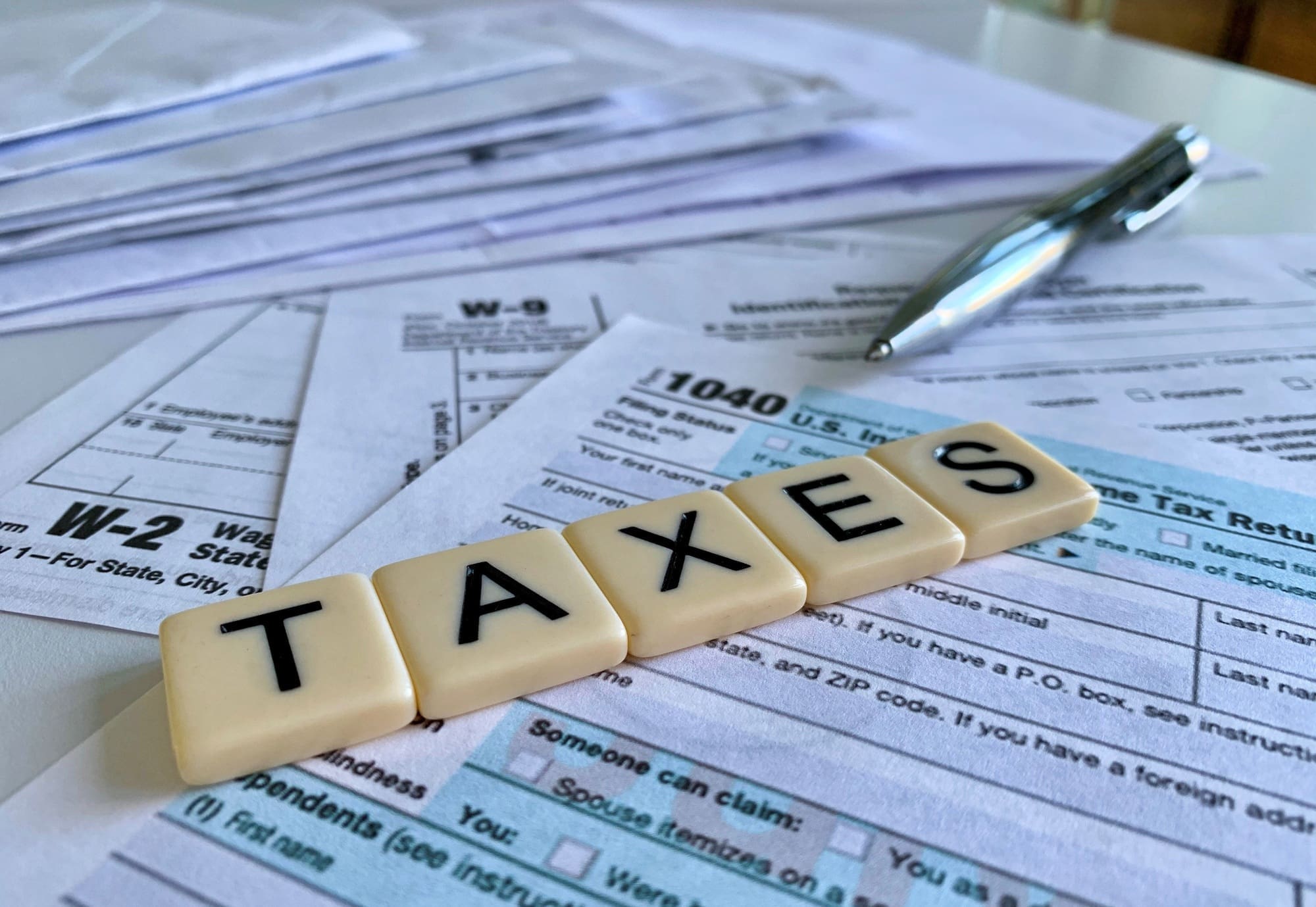A major theme of the March 2016 Budget has been to differentiate between gains realised on different categories of assets. The 10% and 28% rates remain and a new 20% rate is born but alongside some seismic shifts in who is to be taxed at which rate.
There will be a reduction in the higher rate of capital gains tax from 28% to 20%, with the basic rate falling from 18% to 10%, in relation to disposals made on or after 6 April 2016. The trust capital gains tax rate will mirror the personal higher rate reduction from 28% to 20%.
Among the types of property that do not qualify for the reduced capital gains tax rates include residential property. Investors in residential property may therefore come to regard the new regime as involving something of an 8% surcharge, whatever rate of capital gains tax they pay.
It has long been known that the optimum rate of capital gains tax is around 18%; at that level people are inclined to regard it as more of an inconvenience rather than an obstacle in considering transactions which may be chargeable to capital gains tax. The driver here therefore appears to be to encourage investment and increase tax yields by making tax less of an issue in the context of selling investment assets. 10% is probably as good as it ever gets and no doubt some will believe that the Chancellor has gone too far in reducing the basic rate.
In the shorter term, it is worth remembering that ‘disposal’ is generally defined as the time of an unconditional contract for sale and not the later time of completion. This change may cause individuals to delay signing transactions ( providing matters are not at a stage which would enable HM Revenue & Customs to subsequently argue that the contract date preceded the actual signing, of course ) for a few weeks where it would result in a lower rate of tax.


